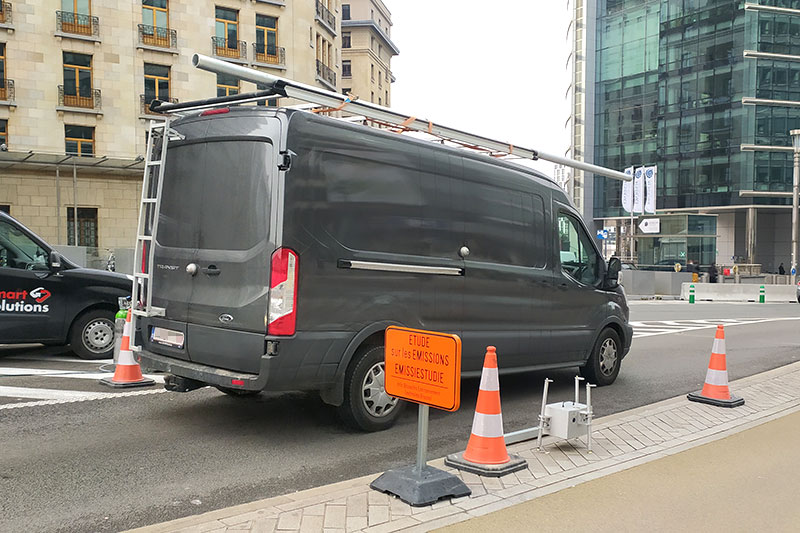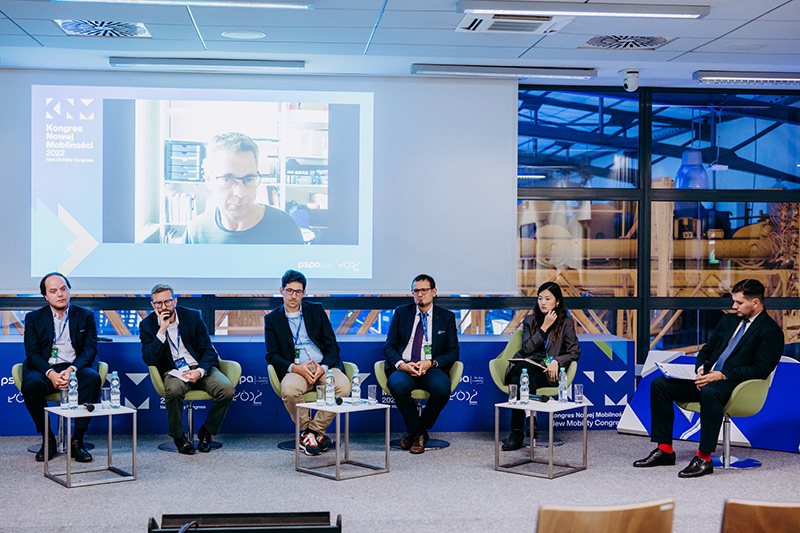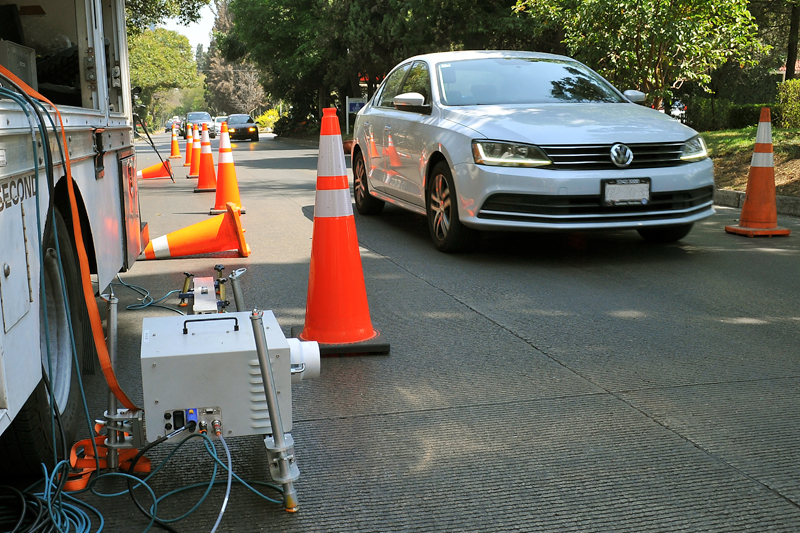WHO updates global air quality guidelines

The World Health Organisation (WHO) has updated its Global Air Quality Guidelines (AQGs) to identify the levels of air quality necessary to protect public health worldwide. The guidelines focus on so-called ‘classical pollutants’ - particulate matter (PM₂.₅ and PM₁₀), ozone (O₃), nitrogen dioxide (NO₂), sulfur dioxide (SO₂) and carbon monoxide (CO) - and has lowered the limits for these pollutants based on the increasing evidence of the impact of particular pollutants on health.
Among the key findings is that the previous annual NO₂ levels have been reduced by 75% and the acceptable level of PM₂.₅ exposure over a year has been halved. Road transport is a significant contributor to both these pollutants and diesel road vehicles, in particular, are responsible for a significant proportion of NO₂ emissions.
The new pollutant guidelines can be used to help decision-makers to understand and set legally binding standards and goals for air quality management at international, national and local levels. They are also a practical instrument with which to design effective measures to achieve pollutant emission and concentration reductions, and therefore, to protect human health.
Since the last 2005 global air quality update, there has been a marked increase in the quality and quantity of evidence that shows how air pollution affects different aspects of health with clearer insights about sources of emissions and the contribution of air pollutants to the global burden of disease.
The Real Urban Emissions (TRUE) Initiative is a partnership of the FIA Foundation and the International Council on Clean Transportation (ICCT). It collects, analyses, and publishes real-world emissions data to raise awareness about the magnitude and scope of excess vehicle emissions to raise public awareness, inform consumers with transparent emissions data, and support cities develop effective policy.
Sheila Watson, Deputy Director of the FIA Foundation, said: “These updated guidelines from the WHO draw on the significant body of scientific evidence which highlights the seriousness and scale of the global air quality crisis. The importance of the TRUE Initiative has never been clearer – there is a global mandate for countries and cities to take action on the worst polluters to protect their citizen’s health, an impossible task without the data to understand the real-world sources of pollution. The expansion of TRUE’s remit from NOx to other pollutants within WHO guidance is timely and essential.”
The burden of disease associated with both ambient and household air pollution exposure is large and growing. This is partly due to increases in exposures in low- and middle-income countries, but in part also due to the rapidly increasing prevalence of non-communicable diseases (NCDs) worldwide as a result of population ageing and lifestyle changes. Air pollution especially increases morbidity and mortality from the non-communicable cardiovascular and respiratory diseases that are the major causes of global mortality; it also increases the disease burden from lower respiratory tract infections and increases preterm birth and other causes of death in children and infants, which remain a major cause of the disease burden in low- and middle-income countries.
WHO estimates show that around 7 million premature deaths, mainly from non-communicable diseases, are attributable to the joint effects of ambient and household air pollution. Global assessments of ambient air pollution alone suggest hundreds of millions of healthy years of life lost, with the greatest attributable disease burden seen in low and middle-income countries.
Although air quality has improved gradually in high-income countries, pollutant concentrations still exceed the 2005 WHO AQGs for several pollutants in many areas. More than 90% of the global population in 2019 lived in areas where concentrations exceeded the 2005 WHO air quality guideline for long-term exposure to PM₂.₅. Air quality has generally deteriorated in most low- and middle-income countries, because of large-scale urbanization and economic development that has largely relied on the inefficient combustion of fossil fuels, like coal, as well as inefficient residential fuel use and industry. Disparities in air pollution exposure are increasing worldwide, particularly as low- and middle-income countries are experiencing growing levels of air pollution.







